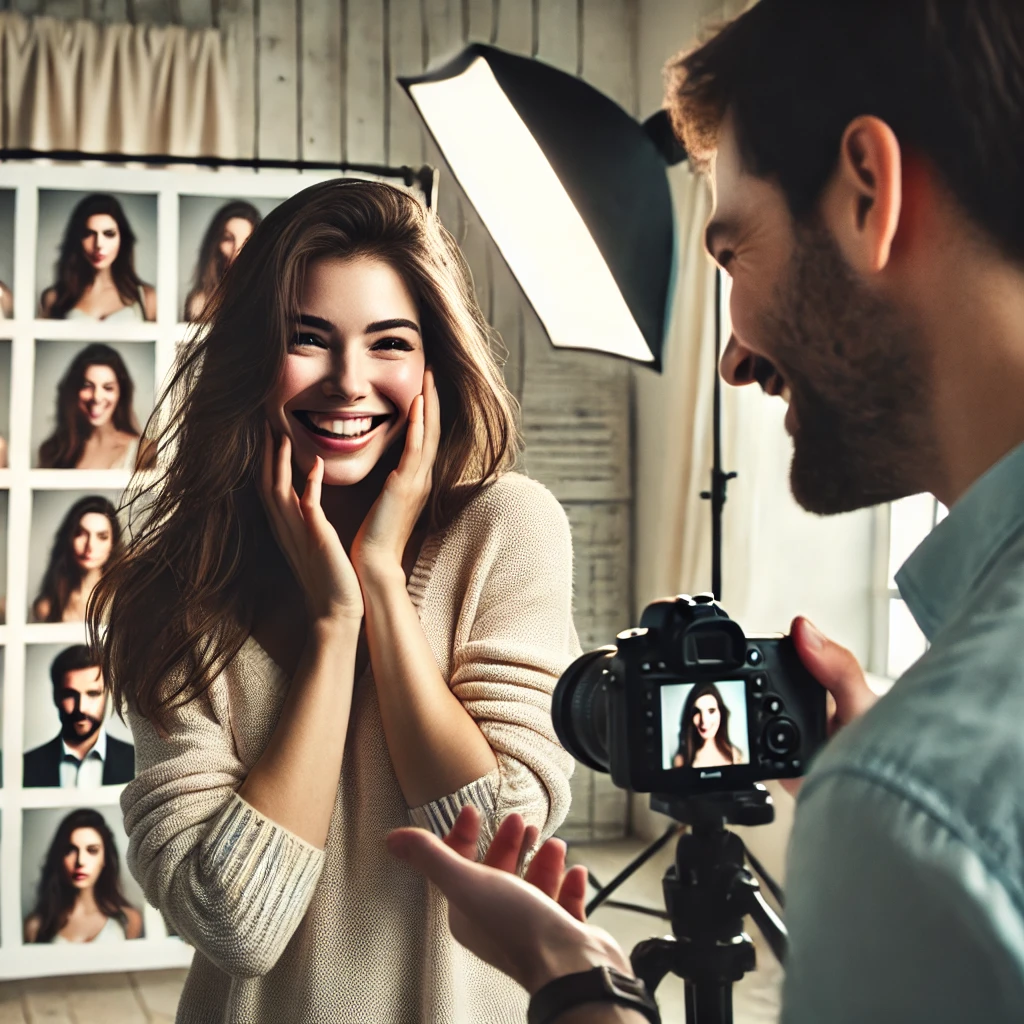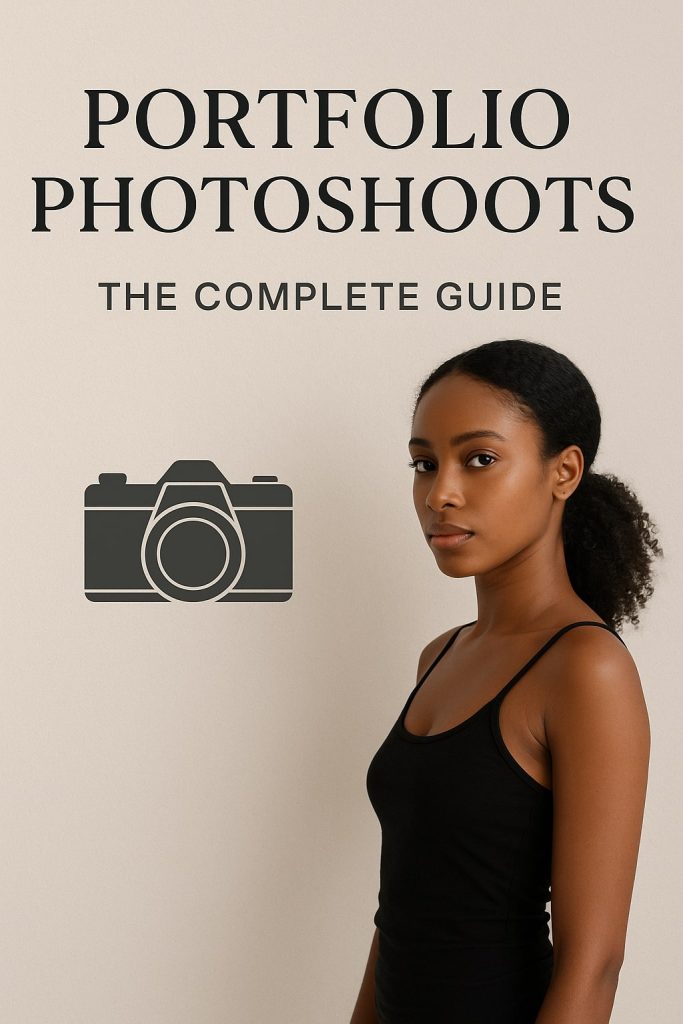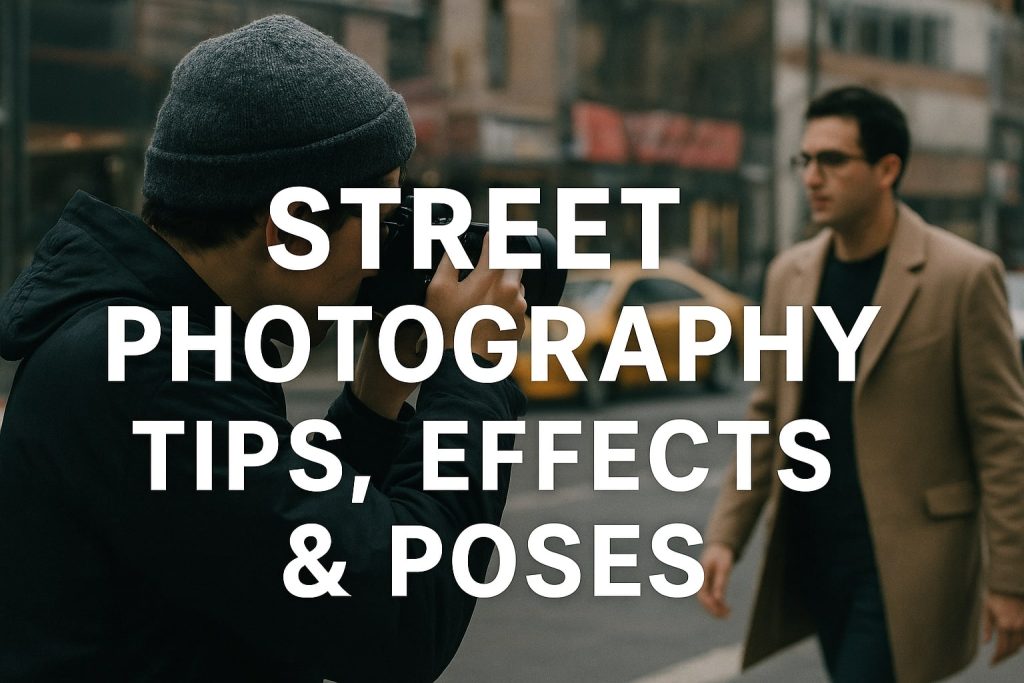Photography is more than just capturing images; it’s about telling a story, evoking emotions, and conveying authenticity. One of the biggest challenges photographers face is capturing raw emotion and expression in portrait photography. Whether you’re a seasoned professional or a beginner, understanding how to bring out genuine emotions in your subjects can set your work apart.
Why Emotion and Expression Matter in Portrait Photography
Emotion and expression create a connection between the viewer and the image. A portrait with genuine expression resonates deeply, making the photograph memorable and impactful. Without emotion, an image may feel lifeless, failing to convey the intended message.
The Role of Storytelling in Portraits
Great portrait photography goes beyond just a beautiful subject; it tells a compelling story. When an image captures a person’s mood, thoughts, or personality, it becomes more than just a photograph—it becomes an experience.
Building a Connection with Your Subject
A subject’s comfort level can make or break a portrait. Here’s how to establish trust and make them feel at ease:
- Pre-shoot Conversation: Get to know your subject, understand their personality, and discuss the intended emotions for the shoot.
- Active Listening: Engage with them genuinely to build rapport.
- Creating a Comfortable Atmosphere: Play music, engage in light conversation, and encourage natural movement to reduce stiffness.
Choosing the Right Environment
The environment plays a significant role in capturing emotion. Here’s how different settings affect expression:
- Studio vs. Outdoor: Studios provide controlled lighting and a professional setup, while outdoor settings offer natural elements that can evoke strong emotions.
- Using Familiar Locations: Subjects often feel more relaxed in familiar places, making it easier to capture genuine expressions.
- Lighting Considerations: Soft natural light enhances subtle expressions, while dramatic lighting can emphasize intensity and depth.
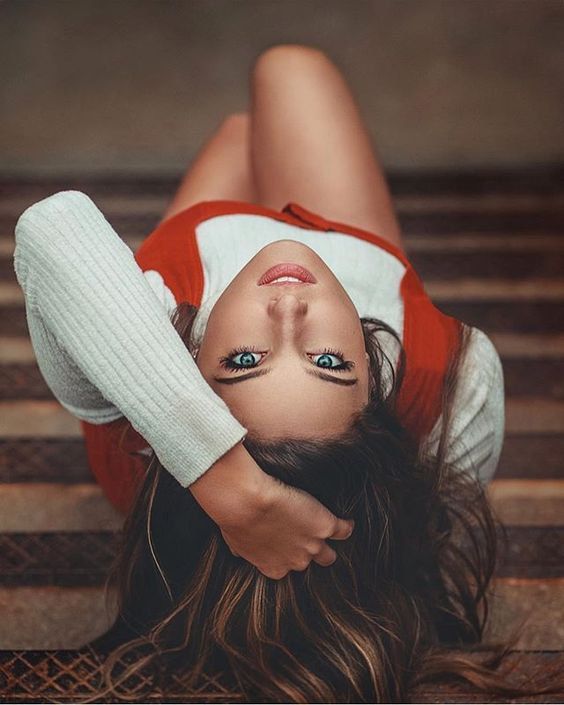


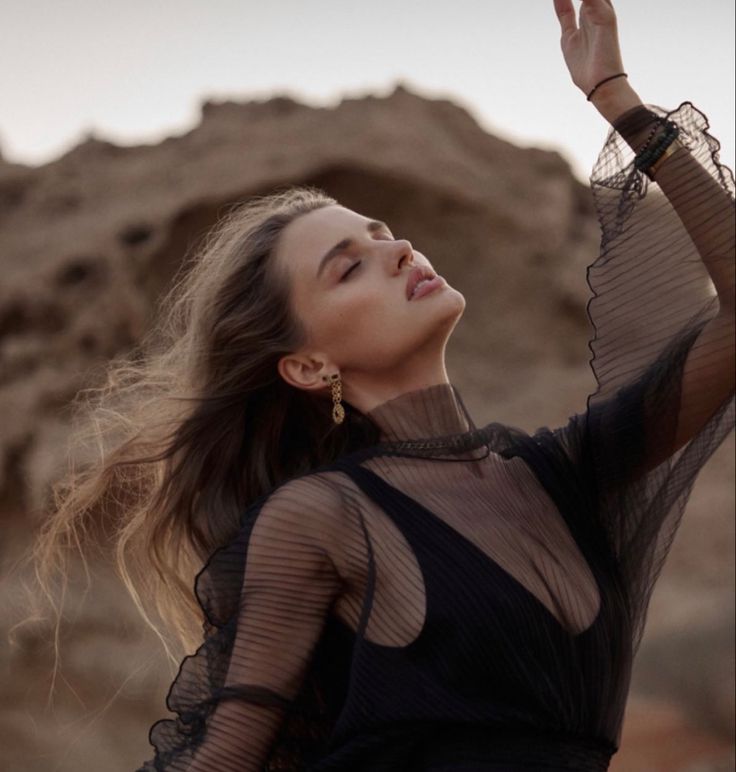
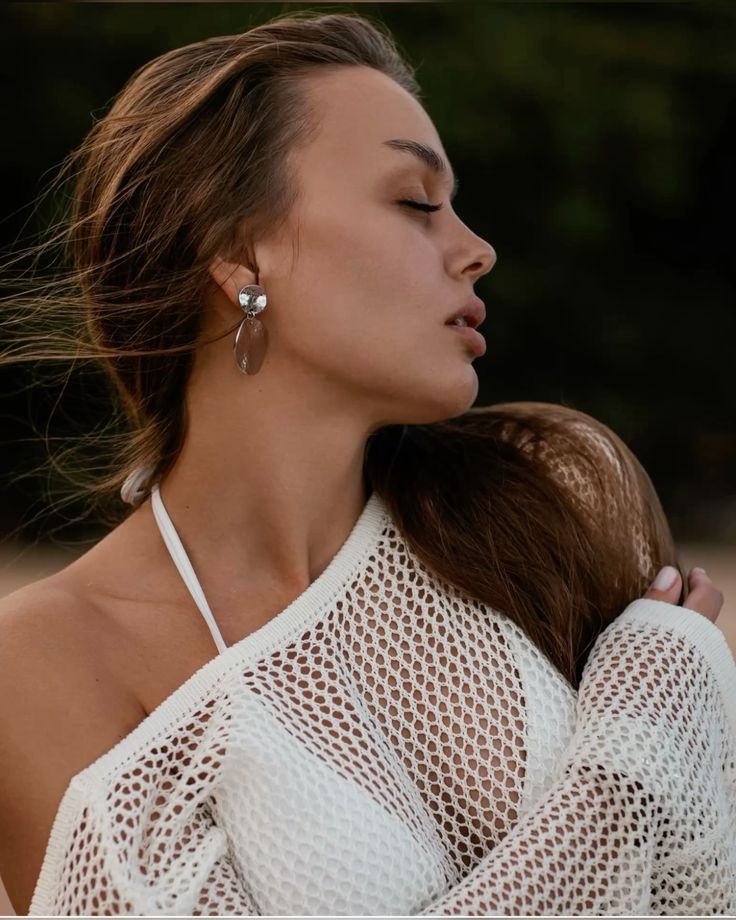

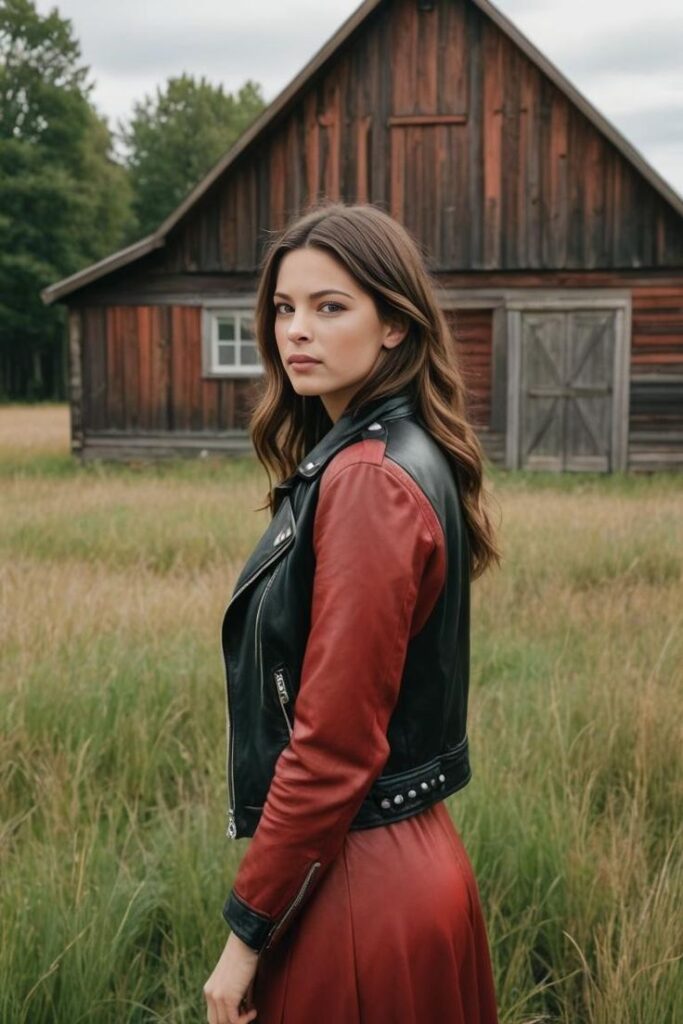





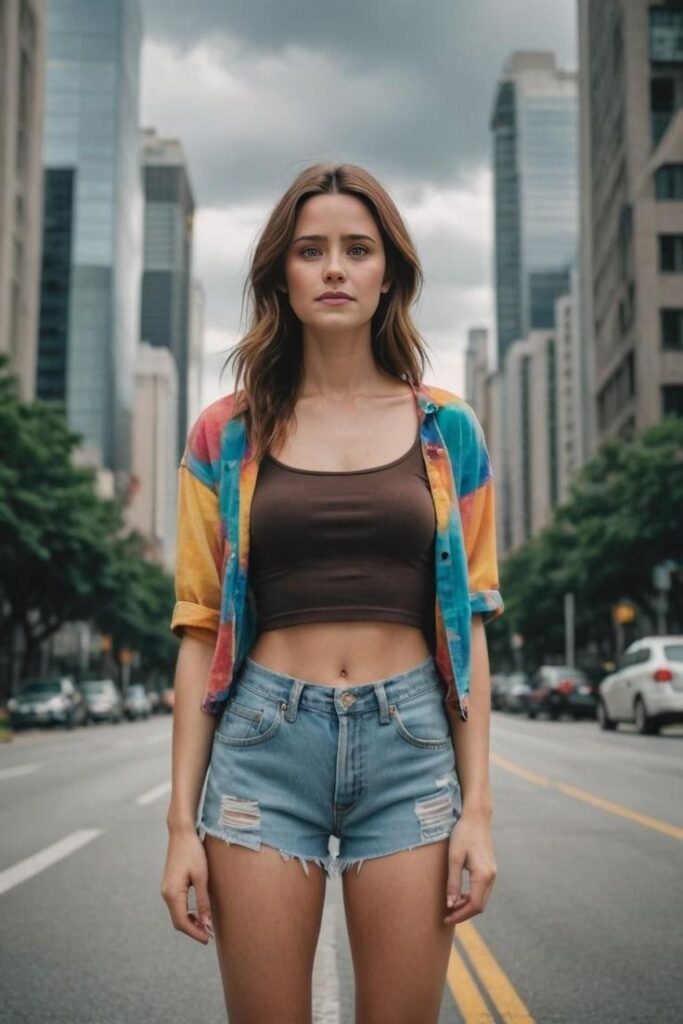


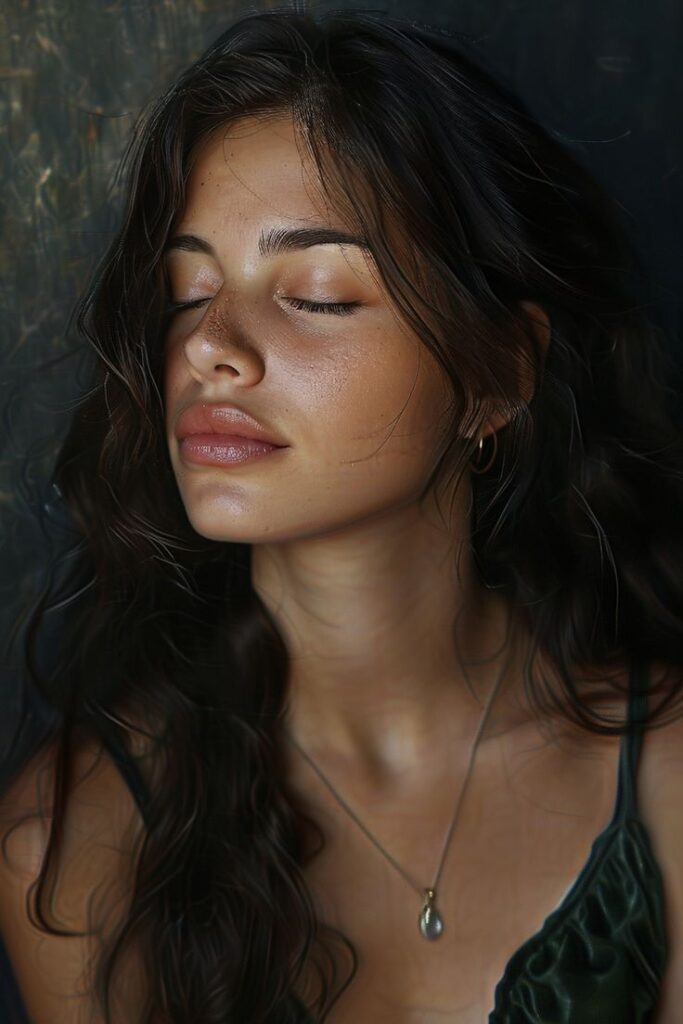



Mastering Body Language and Facial Expressions
Understanding body language and facial expressions can help in directing your subject effectively.
Key Facial Expressions to Capture
- Happiness & Joy: Smiles, laughter, and relaxed eyebrows
- Sadness & Melancholy: Soft eyes, slightly parted lips, and lowered head
- Confidence & Power: Strong eye contact, upright posture, and a relaxed jaw
- Vulnerability & Thoughtfulness: Looking away from the camera, relaxed shoulders, and subtle hand placements
Directing the Subject
- Encourage movement: Instead of static poses, let the subject move naturally.
- Use prompts: Ask open-ended questions or tell a joke to evoke a natural response.
- Mirror expressions: Show the desired emotion yourself to encourage a similar reaction.
The Role of Lighting in Capturing Emotion
Lighting sets the mood for the image. Different lighting setups can drastically change the emotional impact of a portrait.
Types of Lighting for Emotional Portraits
- Soft Lighting: Creates a gentle and intimate mood.
- Hard Lighting: Produces strong shadows, adding drama and intensity.
- Side Lighting: Enhances depth and brings out facial structure.
- Backlighting: Adds an ethereal, dream-like quality to the image.
Using Color Psychology in Portrait Photography
Colors evoke emotions and influence perception. Selecting the right tones for your background, clothing, and editing can enhance the emotion of the image.
Emotional Associations of Colors
- Warm tones (red, orange, yellow): Passion, energy, warmth
- Cool tones (blue, green, purple): Calmness, introspection, mystery
- Monochrome: Timeless and emotionally charged
Post-Processing to Enhance Emotion
Editing should enhance, not overpower, the natural expression of the subject.
Key Editing Techniques
- Dodging and Burning: Emphasize facial highlights and shadows.
- Contrast Adjustments: Deepen emotions by enhancing depth.
- Color Grading: Adjust tones to match the intended mood.
Common Mistakes and How to Avoid Them
Even experienced photographers can make mistakes when capturing emotion in portraits.
Avoiding Forced Expressions
Encourage natural expressions rather than posed smiles. Overly forced expressions can feel artificial and detract from authenticity.
Over-Editing
Too much post-processing can strip away the raw emotion. Keep edits subtle and focus on enhancing rather than changing.
Poor Communication
Failing to connect with your subject can lead to stiff and lifeless portraits. Engage with them throughout the shoot to bring out natural expressions.
Conclusion
Capturing emotion and expression in portrait photography requires more than just technical skills; it demands empathy, connection, and creativity. By building a rapport with your subject, understanding lighting and colors, and using effective post-processing techniques, you can create powerful and emotional portraits that tell a story.
Mastering these techniques will elevate your portrait photography and help you capture images that leave a lasting impact. So, pick up your camera and start practicing—because every emotion tells a story worth capturing!

Mobile Photography Hacks: Candid Moments with Your Phone
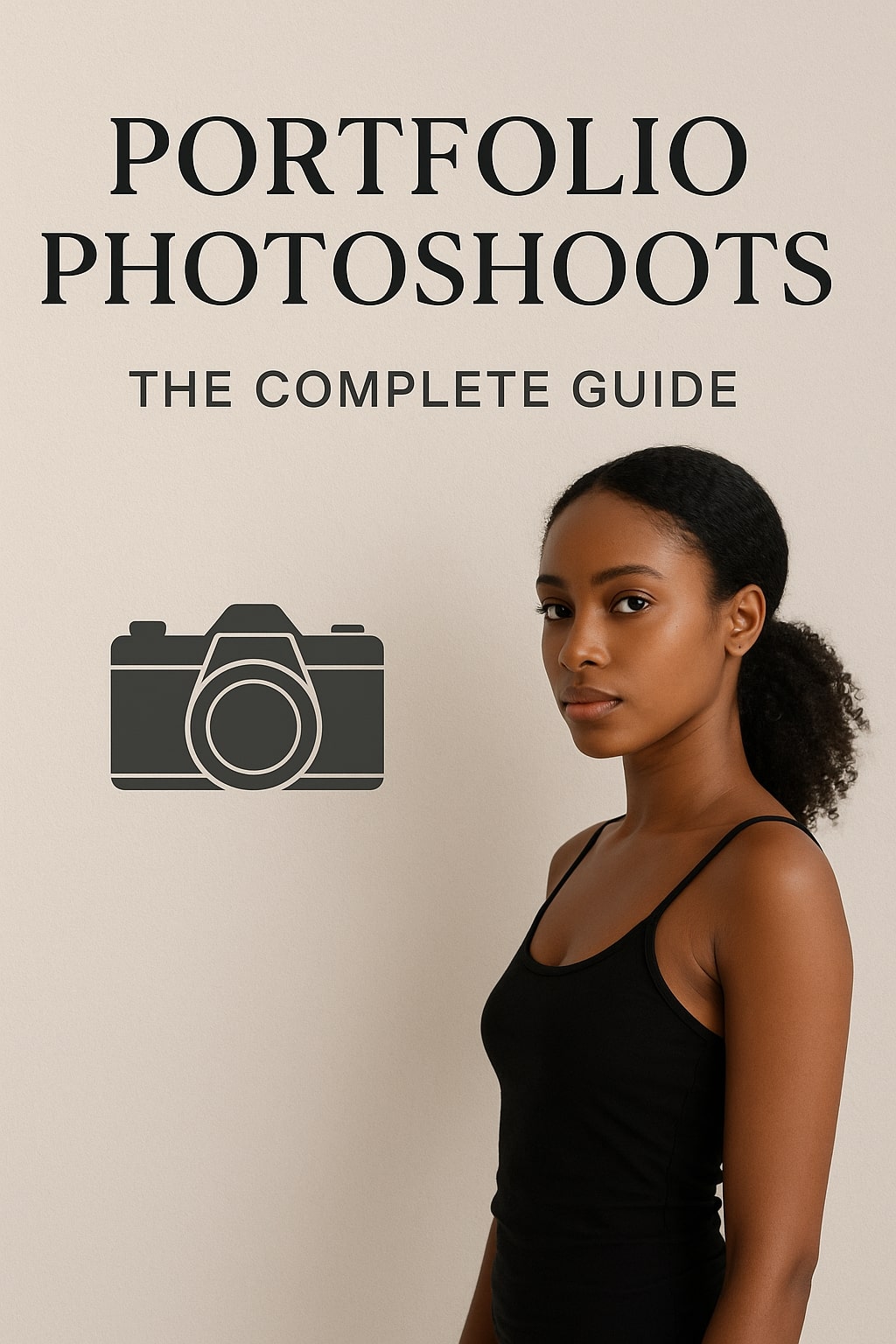
Professional Model & Portfolio Photoshoots: Show Your Best Work
-
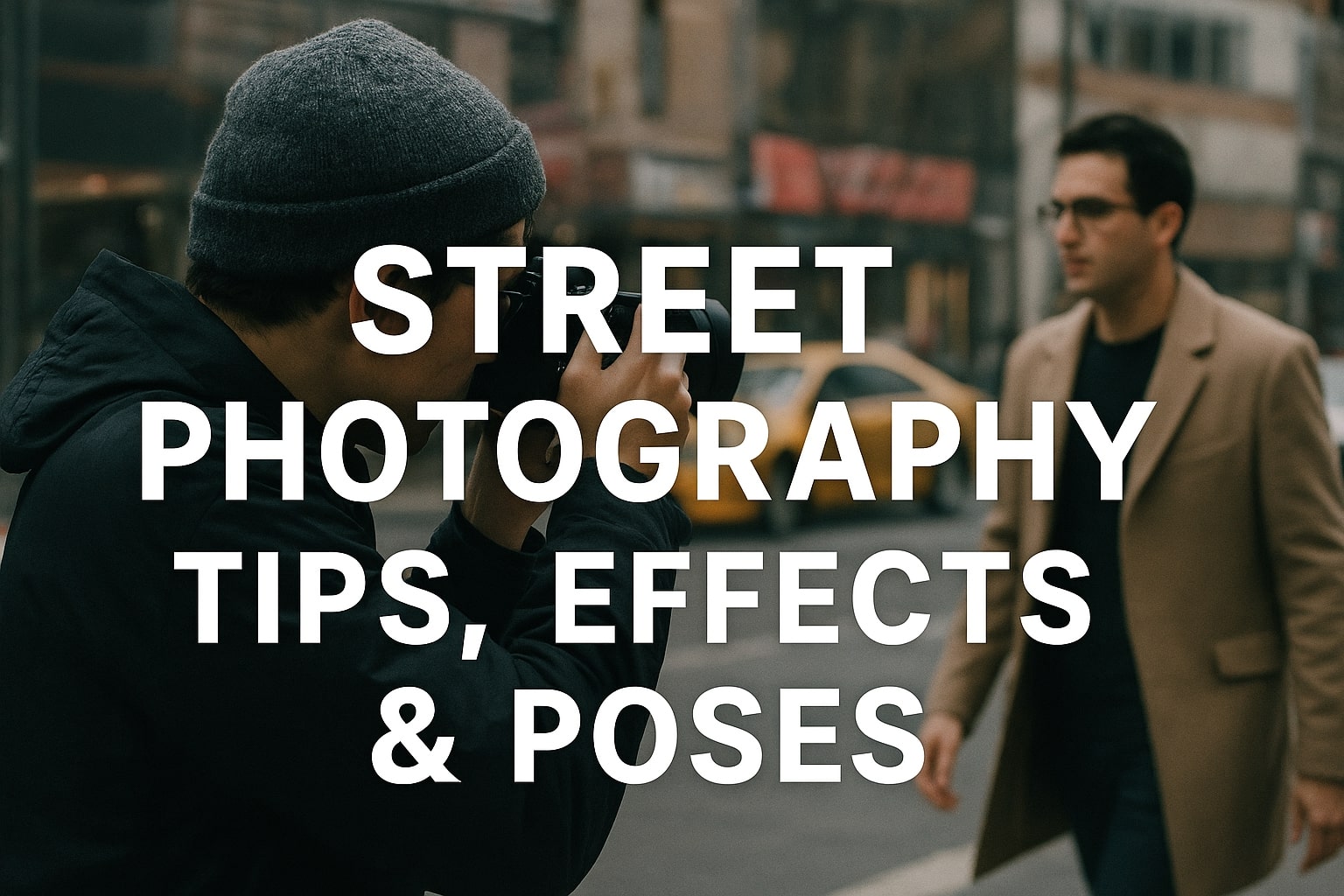
Street Photography Tips, Effects & Poses – Complete Guide
-
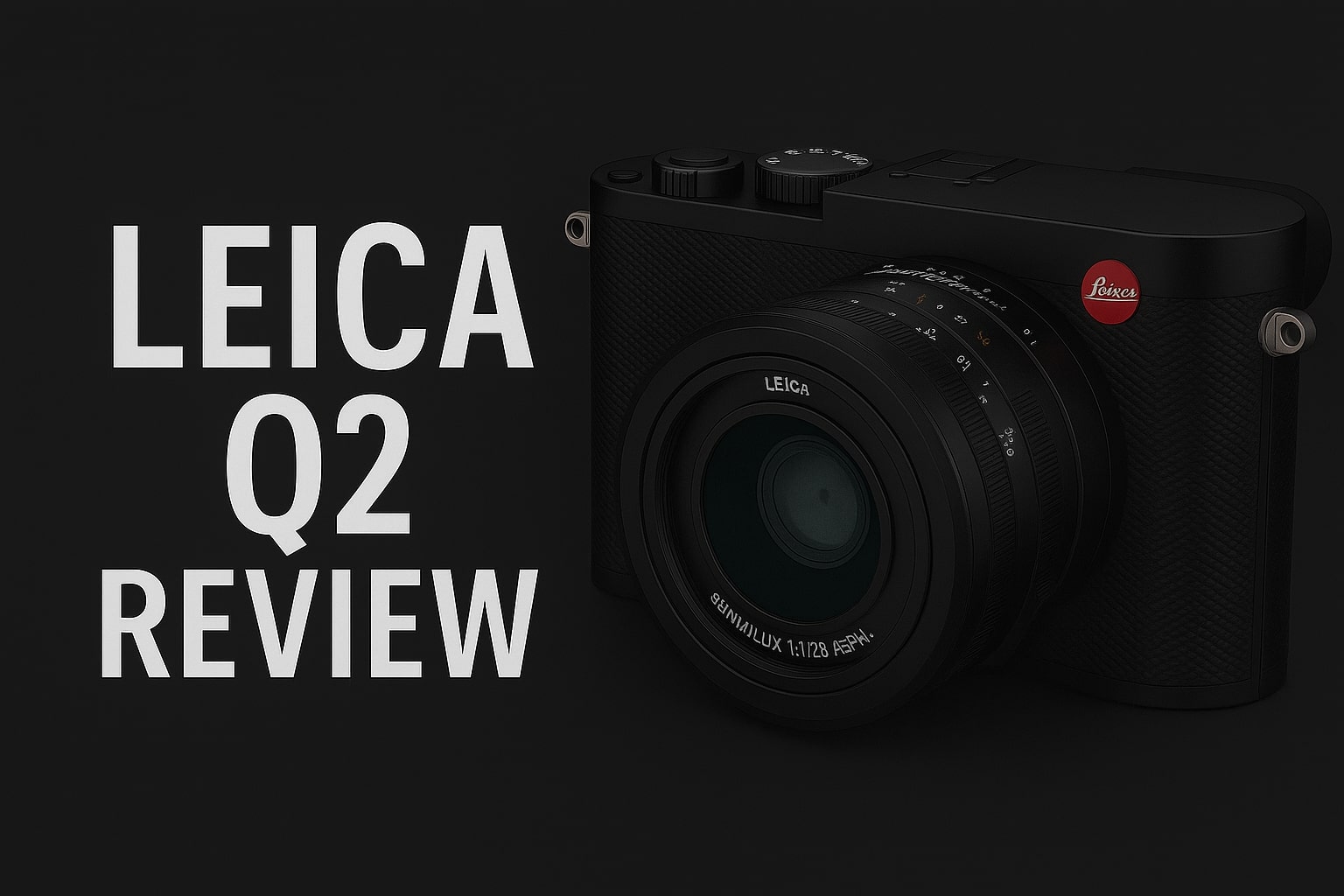
Leica Q2 for Photography: Why It’s Loved by Photographers
Mobile Photography Hacks: Candid Moments with Your Phone
Discover high-impact mobile photography hacks to capture genuine, gorgeous candid moments with your phone. Learn practical tips, composition secrets, and pro techniques to turn everyday scenes into stunning visual stories. Introduction: The New Age of Mobile Photography Photography has evolved beyond heavy cameras, technical jargon, and expensive equipment. Today, the power to capture extraordinary moments
Professional Model & Portfolio Photoshoots: Show Your Best Work
” Discover how to plan, style, and execute stunning portfolio photoshoots that showcase your skills, personality, and versatility. This comprehensive guide covers professional tips, posing ideas, gear suggestions, and industry insights for models and photographers.” Introduction – Why Portfolio Photoshoots Are the Cornerstone of a Photographer’s Career A well-crafted portfolio photoshoot is more than a
Street Photography Tips, Effects & Poses – Complete Guide
Discover the ultimate guide to Street Photography with expert tips, creative effects, and dynamic poses. Learn how to capture authentic urban moments, master composition, and tell powerful visual stories through your lens. Article Outline 1. Introduction to Street Photography Street Photography is more than just taking pictures of people in public spaces — it’s about
Leica Q2 for Photography: Why It’s Loved by Photographers
Introduction: The Cult Status of the Leica Q2 The Leica Q2 is not just a camera—it’s a statement. Combining the heritage of German precision engineering with modern digital excellence, it holds a special place in the hearts of professional and passionate photographers alike. With its full-frame sensor, prime Summilux lens, and minimalist design, the Q2
Top Cameras Under ₹1 Lakh for Freelance Photography
Freelance photography is no longer a niche—it’s a booming creative profession that demands not only vision and hustle but also the right gear. Your camera isn’t just a tool; it’s your storytelling partner. If you’re a freelance photographer aiming to balance performance, versatility, and budget, investing in a cameras under ₹1 lakh can offer the
Top Features of Nikon D850 That Make It Ideal for Photoshoots
Explore the top features of the Nikon D850 that make it a powerhouse for photoshoots. From exceptional resolution to dynamic range, this detailed Nikon D850 guide is built for professional and aspiring photographers. 1. Introduction When Nikon launched the D850, it quickly earned a reputation as a flagship DSLR that redefined what photographers could expect
